Hollow structural sections (HSS) have become an indispensable material in modern construction and engineering. HSS is a broad term encompassing structural steel tubes of various cross-sectional shapes, including square, rectangular, circular, and oval shapes. These hollow sections are manufactured through cold-formed forming and welding processes, resulting in structural members with a hollow cross-section that combine lightweighting with high strength. In contrast, square hollow sections (SHS) are a specific subcategory of HSS, specifically those with a square cross-section.
International standards strictly regulate the production and supply of HSS and SHS. The joint Australian and New Zealand standard AS/NZS 1163 sets specific requirements for cold-formed, electric-resistance-welded structural hollow sections, covering three strength grades (C250, C350, and C450). These sections are available with or without impact strength and are suitable for welded structures. The standard divides structural steel into three categories: circular hollow sections (CHS), rectangular hollow sections (RHS), and square hollow sections (SHS), emphasizing their application characteristics in different structural uses.
What Is the Difference Between HSS and SHS?
Hollow Structural Sections (HSS) and Square Hollow Sections (SHS) are essential components in modern steel construction. While they share many similarities, their shape, mechanical properties, and applications set them apart — and understanding these differences is key to optimizing structural performance and cost efficiency.
1. Geometry and Shape
The main difference lies in cross-sectional geometry.HSS is a general term for all hollow steel sections, including square (SHS), rectangular (RHS), and circular (CHS) shapes.
SHS, on the other hand, specifically refers to square hollow sections — with equal sides and perfect 90° corners.
This geometric distinction directly affects structural performance. SHS provides equal strength and stiffness in all directions, while rectangular and circular HSS are optimized for different loading conditions — rectangular for one strong axis, circular for excellent torsional rigidity.
2. Dimensional Range
HSS offers a broader size selection.Rectangular HSS typically ranges from 50×50mm up to 400×200mm, with wall thicknesses between 2mm and 16mm.Circular HSS can reach diameters up to 1016mm, adapting to both small architectural and heavy industrial projects.In contrast, SHS sizes are usually between 20×20mm and 400×400mm, with wall thicknesses from 2mm to 12.5mm — making them a preferred choice for columns and structural frames that demand uniform load resistance.
3. Mechanical Properties and Standards
Under AS/NZS 1163, HSS and SHS are divided into three main grades: C250, C350, and C450, corresponding to minimum yield strengths of 250, 350, and 450 MPa.
These strength levels are achieved through controlled chemistry, cold forming, and precision welding (
ERW process).
Both HSS and SHS undergo tensile, impact, and flattening tests to ensure consistency and safety. SHS requires tighter control over straightness and squareness, crucial for accurate on-site assembly.
Residual stress management also plays a role — SHS sections often undergo heat treatment to improve fatigue performance, while circular HSS naturally maintains a more uniform stress distribution.
4. Design and Application
HSS offers greater design flexibility, ideal for beams, trusses, and curved architectural forms.SHS, with its perfect symmetry, provides balanced strength, making it the go-to option for columns, frames, and space-limited joints.Architecturally, both offer clean, modern aesthetics and slender profiles that fit seamlessly into contemporary designs.
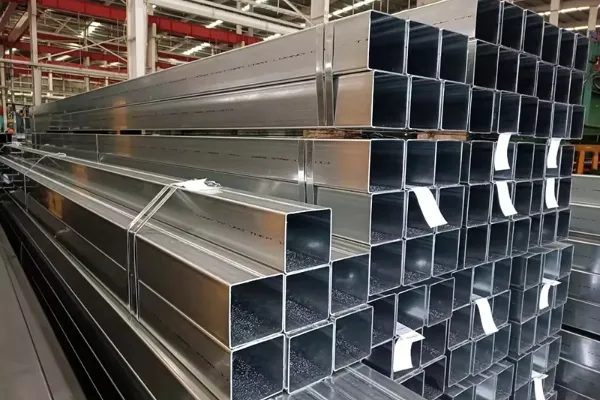
Differences in Manufacturing Processes for HSS and SHS (AS/NZS 1163)
Hollow Structural Sections (HSS) and Square Hollow Sections (SHS) share similar forming principles but differ in detail, especially under AS/NZS 1163 standards. These differences directly affect their mechanical performance and dimensional accuracy.
HSS Manufacturing:
HSS refers to a broad category that includes square, rectangular, and circular sections.
Cold-roll forming: Flat steel strips are shaped through rollers and welded along the seam, ideal for small to medium sections.
Hot forming: Used for larger diameters or seamless types, where heated steel is formed and welded, offering greater thickness and strength consistency.
SHS Manufacturing (AS/NZS 1163):
SHS is typically cold-formed and welded with precise dimensional control. The process includes:
1.Strip Selection & Preparation: Steel coils are chosen per AS/NZS 1163 chemical and mechanical specs.
2.Forming & Welding: The strip is rolled into a square shape and welded using high-frequency resistance welding (HFW) or submerged arc welding (SAW).
3.Sizing & Straightening: Rollers ensure squareness and uniform wall thickness.
4.Heat Treatment: Stress relieving or normalizing may follow to enhance strength and weld integrity.
5.Cutting & Inspection: Pipes are cut to length and undergo dimensional and mechanical testing, ensuring compliance with AS/NZS 1163.
The cold-forming process gives SHS its excellent strength, accuracy, and stability, with corner work-hardening increasing local yield strength — a key benefit for structural applications.






 English
English Español
Español بالعربية
بالعربية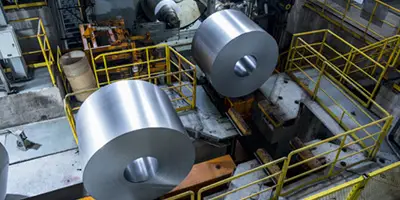

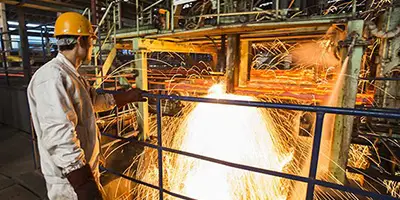
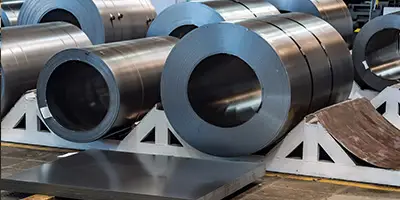

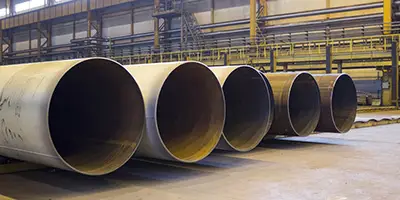

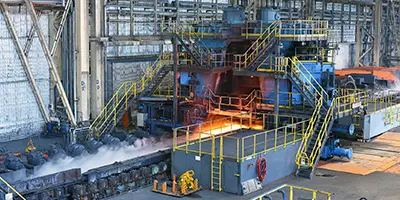
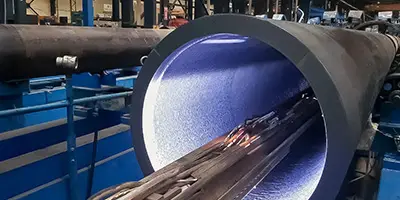
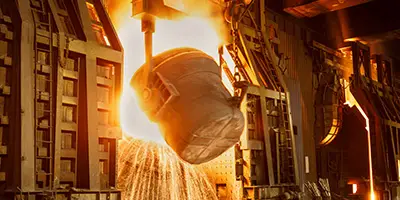


 Phone :
Phone :  Whatsapp :
Whatsapp :  Email :
Email : 


